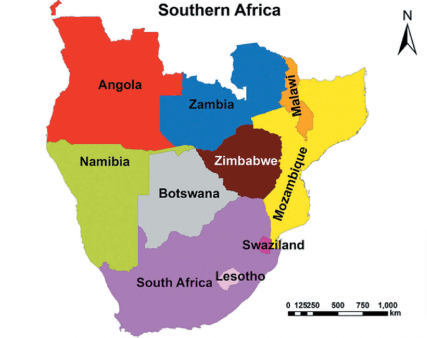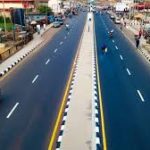CURRENT AFFAIRS UNIT, RADIO KWARA, ILORIN
PROGRAMME: NEWS COMMENTARY
DATE OF BROADCAST: 16/9/88 AT 1810 HOURS
WRITER: LANRE KAWU
The recent visit to Mozambique, by the South African State President, Pieter Botha, represents another piece, in the complicated jig-saw puzzle of Southern African politics. The visit, which was a fence-mending effort, to save whatever was left of the Nkomati Accord of 1984, came in the wake of the dramatic turn of events of the past few months in the region. The most definitive development, has been the four-party talks between Cuba, Angola, South Africa and the United States, for a peace settlement in South Western Africa. It is hoped that the talks, and subsequent ceasefire agreement, would pave the way for the implementation of the United Nations Resolution 435, for Namibia’s Independence.
In a move calculated to present a peace-loving image, the South African racist regime, invited television cameras, reporters and journalists to the Namibian-Angolan border, to watch its troops’ withdrawal from the Angolan front into Namibia. A lot of factors can be deduced, to explain the recent development in Southern Africa. In 1979, at a conference with representatives of big business interests, in Johannesburg, President Botha unfolded his plan for a so-called “Peace and Prosperity” in the region. It would be realised in what he termed a “Constellation of Southern African States (CONSAS)”.
As conceived by apartheid’s policy makers, CONSAS would pass through three phases. The first would entail the emergence of a loose-group, bounding together South Africa, the Bantustans, and possibly, Malawi. The second phase of the CONSAS concept, envisages the incorporation of the other states of the region, excluding Mozambique and Angola; while the last phase would lead to the “octopus-like” catchment of states as far afield, as Zaire. The objective of CONSAS ran along two tracks: the politico-military and the economic. In its first track, the effort was to build a protective shield around South Africa, which has become so vulnerable, with the onslaught of the forces of national liberation in Mozambique, Angola and Zimbabwe. At the economic angle, South Africa was weaving a matrix that would bind the states together, for the sake of its own advanced capitalist economy. The logic here, is that of a collective form of neo-colonialism.
We must remember that the concept of a constellation of Southern African States, was meant to be pursued as an aspect of a regional policy. This was the TOTAL ONSLAUGHT or TOTAL STRATEGY national security doctrine of the fascist regime. It roots lie in a White Paper on Defence, which Botha had presented as Defence Minister in 1977. While South Africa intensified its aggression against the Frontline States, including the sponsoring of such bandit gangs like RENAMO in Mozambique and UNITA in Angola, it was at the same time, working towards an economic strangulation of these countries.
In response, the Frontline States created the Southern African Development Coordination Conference (SADCC) and so rendered an aspect of the South African policy unworkable. Similarly, the intensification of the armed struggle by the ANC and SWAPO, showed that the South African regime was no longer the determinant of developments in Southern Africa. The present moves for peace in Southern Africa, have their roots also, in the world-wide isolation of the racist regime. The divestment movement in the United States and the EEC countries, have redounded to the detriment of the South African economy.
While the efforts of President Botha to tinker with “petty” apartheid has incensed the right-wing Afrikaaners it has proved unable to satisfy the yearnings of the Black majority for genuine freedom and democracy. Caught between the vice of a right-wing challenge to the dominance of the Nationalist Party and the hammer of the national liberation movement, the government of South Africa, has suddenly discover the vocation of peace-making.
But perhaps the most telling blow the regime has suffered is the emergence of the Angola Army and Airforce as, perhaps, the strongest in Africa today. The years of South African occupation of parts of Angola hardened the patriotic resolve of the Angolans, to throw out the racists from their homeland. At Cuito Cunavale, the South African Defence Forces, were faced with well-coordinated Angolan defences and subsequent counter-attack, which resulted in major losses and casualties, on the part of the South African elite forces.
The fact that the Reagan administration, a well-known backer of the racist regime was also on the way out, with the prospects of a hostile Dukakis Presidency, also facilitated the moves for peace in the Southern Africa region. Can the South African regime be trusted to abide by genuine agreements? Only time will tell. But even if its track record is clearly unfavourable, the present situation has clearly shifted in favour of the peace forces. Southern Africa will know peace. However, the peoples of the region would do well to keep their arms by their side, until the day the apartheid monster is finally beheaded.


